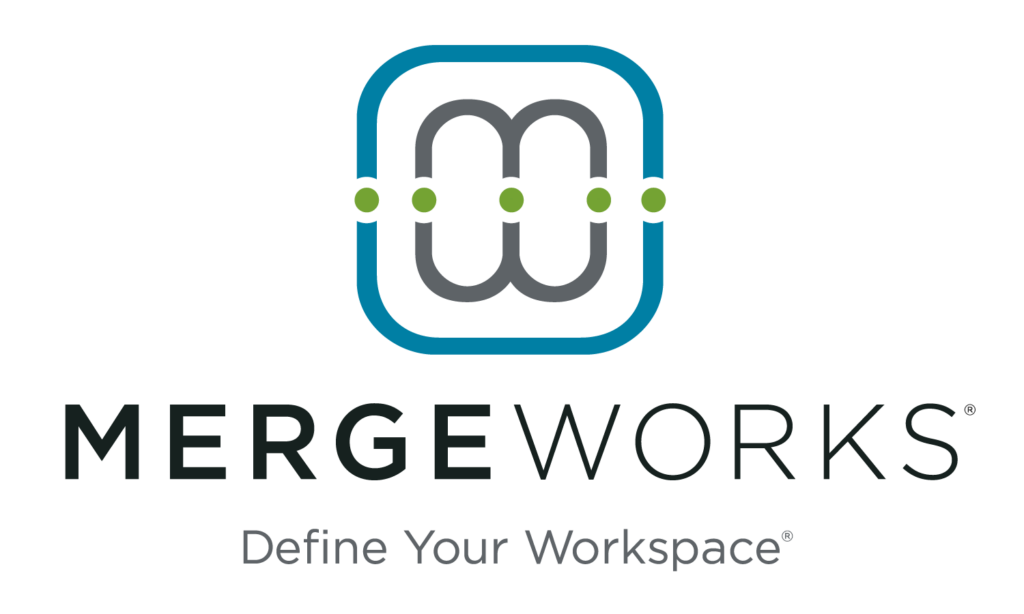Bonus depreciation rules now allow for 100% write-offs and are expanded to include big-ticket items like the purchase of used equipment. So is there any reason to expense these purchases as part of Section 179 deductions instead?
Thomson Reuters Tax & Accounting offers several answers in this full article. In a nutshell:
- Section 179 can be more flexible. With it, you can annually elect to expense on a property-by-property basis while specifying a dollar amount each time. Bonus depreciation, on the other hand, automatically applies to all eligible properties at their full costs. You can’t pick and choose which properties you want to write off via 100% bonus depreciation. However, the 179 deduction cannot be used to create a loss in the business, whereas bonus depreciation may be used to create a business loss that might offset other income.
- While it’s true the dollar limitation on Section 179 expensing is $1 million and the investment-based reduction in the dollar limitation starts to take effect at $2.5 million, any amount that cannot be deducted because of the taxable income limit can be carried forward to later years until it is fully deducted. Net operating losses, charitable contributions and credit carryforwards are possible exceptions, however, because they each carry expirations and other limits.
- Section 179 expensing can help make satisfying Section 263A UNICAP (uniform capitalization) requirements easier. Under UNICAP rules, inventory costs must include the allocable costs of inventoried property and other direct capital expenses, including amounts claimed for depreciation. Amounts expensed under Section 179, however, are indirect costs and don’t need to be included.
- Section 179 expensing edges out depreciation when it comes to calculating corporate earnings and profits. An amount expensed under Section 179 is deducted for earnings and profits purposes ratably over a period of five years, while the additional first year depreciation deduction cannot be included when computing earnings and profits.
- Nonresidential realty improvements are eligible for Section 179 expensing only. The new tax code introduces several ways in which nonresidential realty may be expensed under Section 179, with no equivalent opportunities for 100% bonus depreciation.
For more questions on choosing between Section 179 and bonus depreciation, feel free to contact us.
Image Copyright : 123RF / Sergey Nivens















